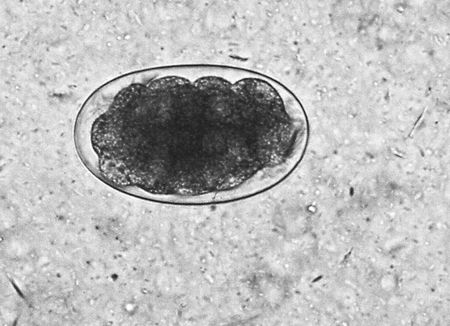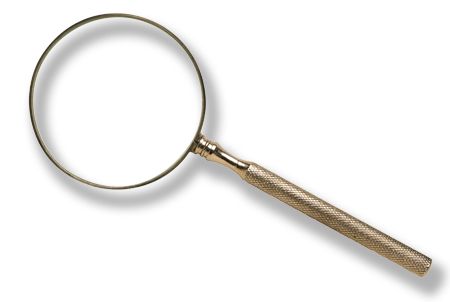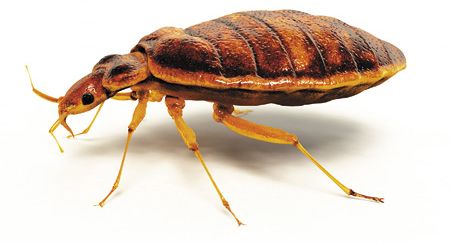5 strange facts about parasites
Dispel veterinary clients misconceptions about parasites with this knowledge.
Veterinary clients should be used to the spiel about fleas, ticks and heartworms by now, and listen to your recommendations for preventives-right? But what about things like roundworms, pinworms and cockroaches? Click through the pages that follow for 5 strange-but-true facts about these parasites and arm your clients with knowledge.

A hookworm egg. Photo courtesy of the CDC.1. Indoor cats can get worms
Did you know? 15 percent of plant potting soil contains hookworm or roundworm eggs, or both, according to a study in the Veterinary Record (Feb. 18, 2006). Cats can also get tapeworms from eating infected fleas. Adult fleas can be infected with the tapeworm cyst and when ingested and then digested, the cyst matures into the adult tapeworm and attaches to the gut. Once mature, the segments break loose and pass in the stool, which is usually what clients see in the stool. A piece of "dried rice" found in the hairs around the anal area is usually a dried tapeworm segment and another sign of infection.

A pinworm egg. Photo courtesy of the CDC.
2. Sorry, but the dog didn't give you pinworms
Clients sometimes report that their wife, aunt, neighbor or even their physician told them that their kids got pinworms from the dog! There's no way this happened because dogs don't get pinworms. Humans get highly contagious pinworms from other humans. Pet rabbits or horses can be infected with pinworms, but even those pinworms are species-specific.

Getty Images.
3. Just because clients don't see them, doesn't mean parasites aren't there
Veterinarians frequently hear, "I don't see any worms in my pet's stool so (a) my pet does not have worms and (b) my pet doesn't need to be checked for worms." Those of use in the veterinary profession know nothing could be farther from the truth. For help convincing owners that regular stool exams are necessary check out this sample script, or try brochures and downloads from Companion Animal Parasite Council.

Getty Images.
4. Pets don't carry bedbugs or lice
Pet parents have claimed that their cat, dog or even their bird has bedbugs, head lice or crab lice. Clients have a better chance of winning the lottery before that would happen! Bedbugs are an environmental problem and are extremely unlikely to infect a cat or dog. For head lice or crab lice, transmission is strictly human to human.

Photo courtesy of the CDC.
5. Roaches, aside from being creepy, are carriers of worms
Cockroaches are a source of parasites for cats and indoor dogs. Physaloptera spp. (the stomach worm) comes from ingesting the roach-Gross! Roundworm eggs can be found on the surface of the roach where they are ingested while pets play with the roach or eat it. Some research also indicates that feline asthma may be associated with cockroach debris.
Robert R. Hase, Jr., DVM, is the medical director of Bayonet Point Animal Clinic in Port Richey, Florida.